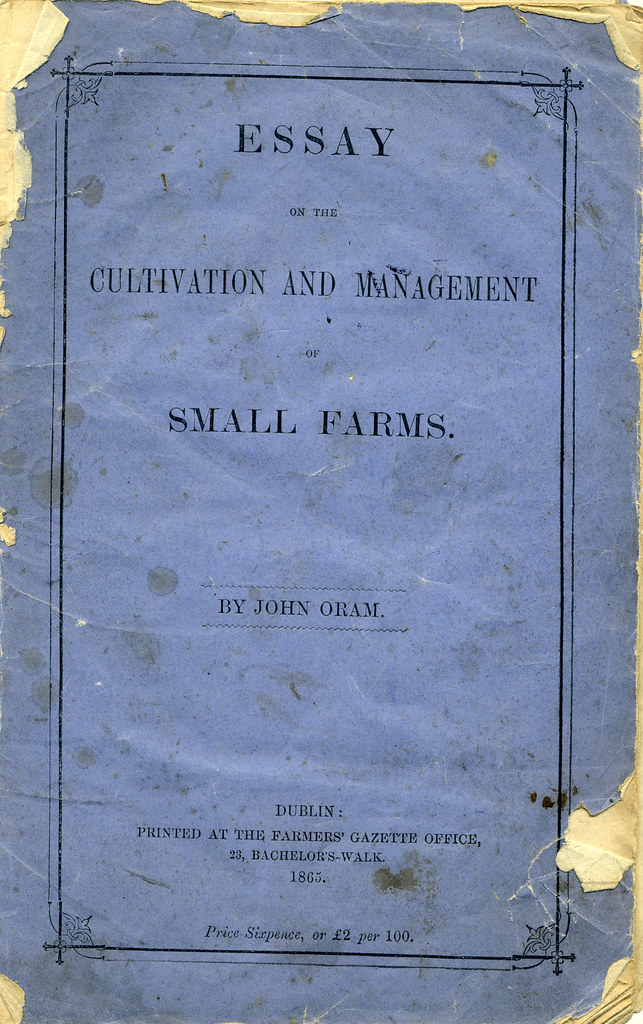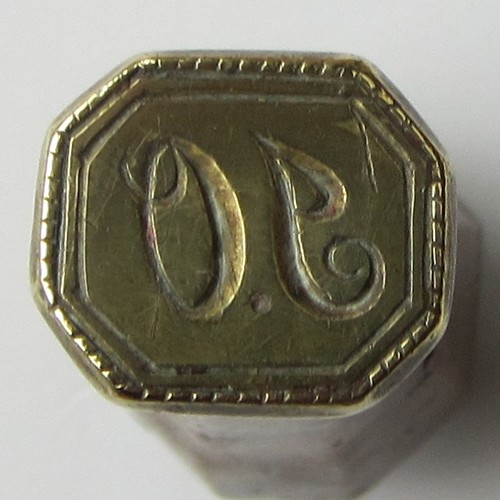John Oram showed a great interest in improvements in agricultural practice. He did not like diary farming, probably because he had watched his father and brother struggling to make a dairy business viable.
At the time of his marriage in 1847, at the age of 23, John was working on what was probably a ‘model farm’ in Stockton, Wiltshire where the local landlord Mr Yeatman-Biggs taught him corn growing and sheep rearing. From then on John’s main interest, at least as a way of earning a living was in sheep farming.
It is interesting that John had grown flax (linseed) before he arrived in Ireland:
A little of the home-saved flaxseed, boiled into jelly, is of great service in feeding calves. I once reared forty calves on the milk of six cows in the one season, using linseed jelly and bean meal (Indian meal will do as well), and giving them cut mangels and good hay when they were able to eat it. Not one died. They were sold by auction at two years old, and averaged over £10 each, and this at a time when cattle were very low in price, March, 1849.
By March 1849 John had moved from Mr Yeatman-Biggs farm in Wiltshire to Manston, Dorset where he was, according to his daughter’s baptism record agricultural bailiff to Henry Farr Yeatman. The Yeatman’s did not have sufficient land to warrant a full time bailiff so John probably spent most of his time farming. A pattern that he was to repeat in Mayo. Dorset had a tradition of growing flax for ships ropes and during the Napoleonic wars linen was manufactured for sails. This background may explain why John was so keen to encourage farmers in Mayo to leave space for some flax.
In 1856 John attended the inaugural meeting of a short lived farmer’s club in Newport. John gave one of the few lectures on one of his favourite subjects: manures.
When John was in Dublin he often John visited the model farm at Glasnevin , then officially called the Albert National Agricultural Training Institution. His son James Henry Oram was a student there from 1872-1874.
Below are images of the original booklet. A more easily read text version is available on this page.


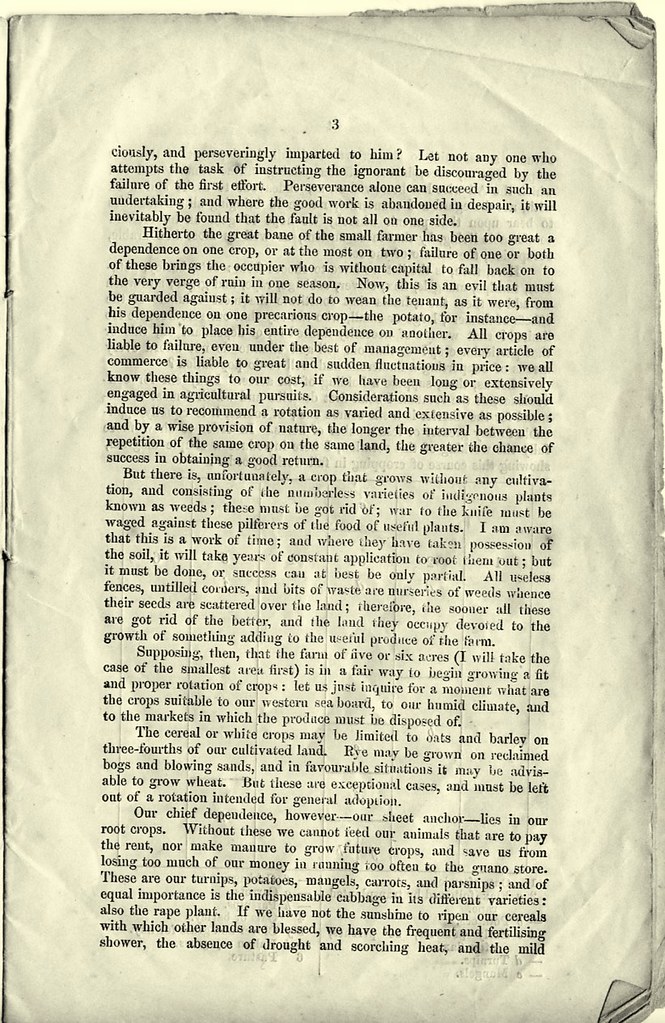
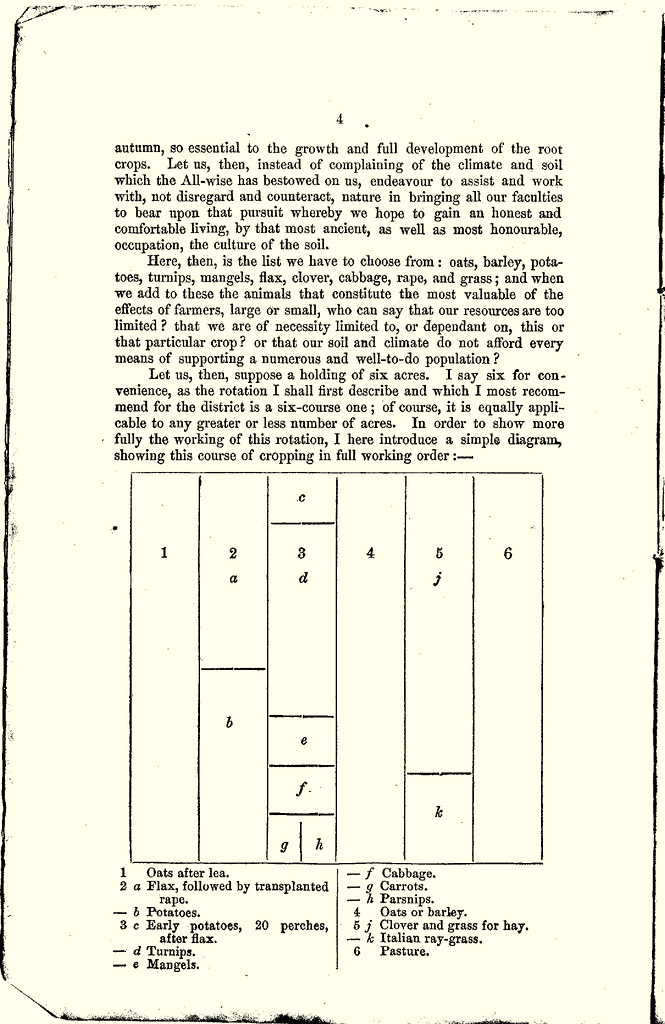
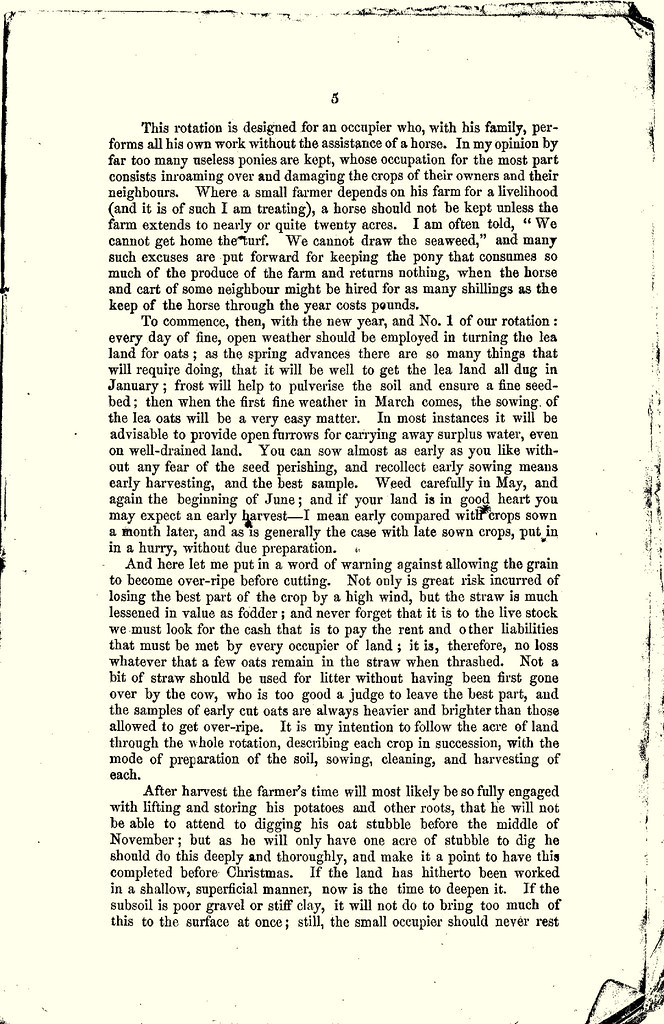
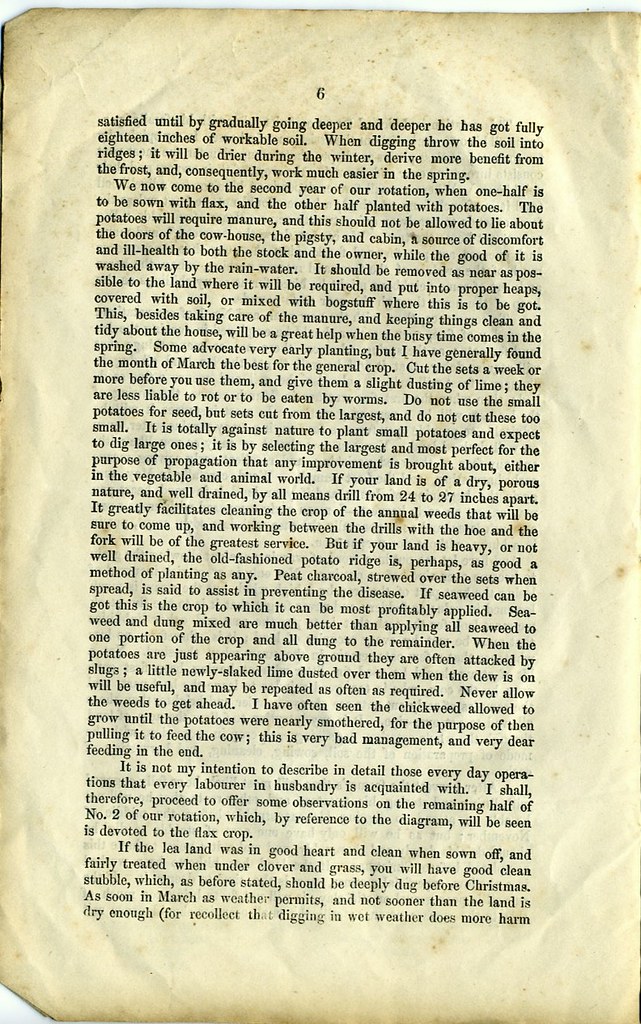
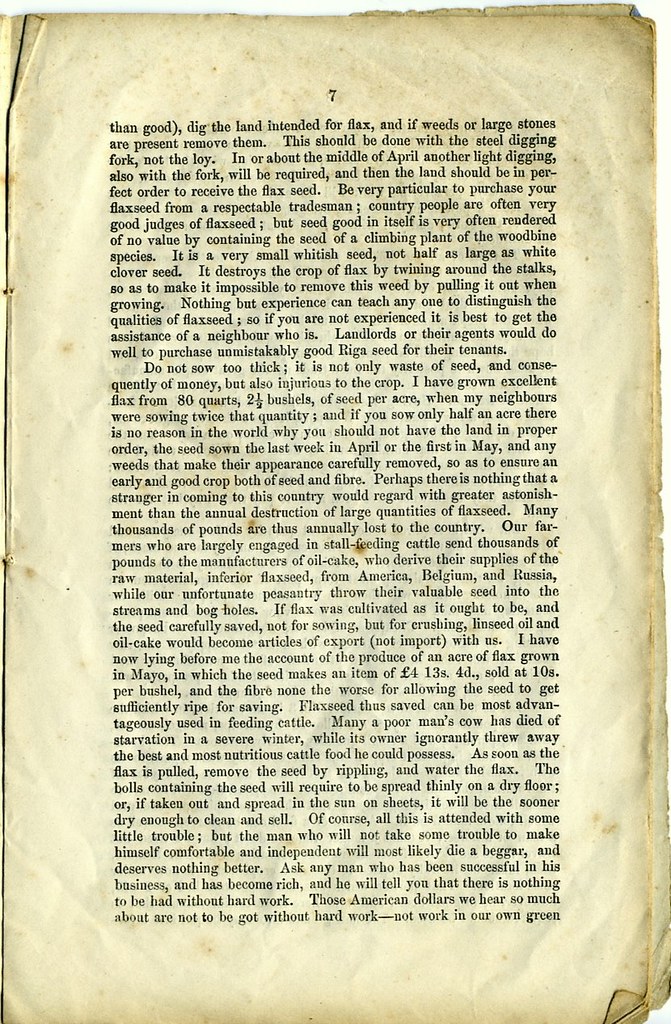

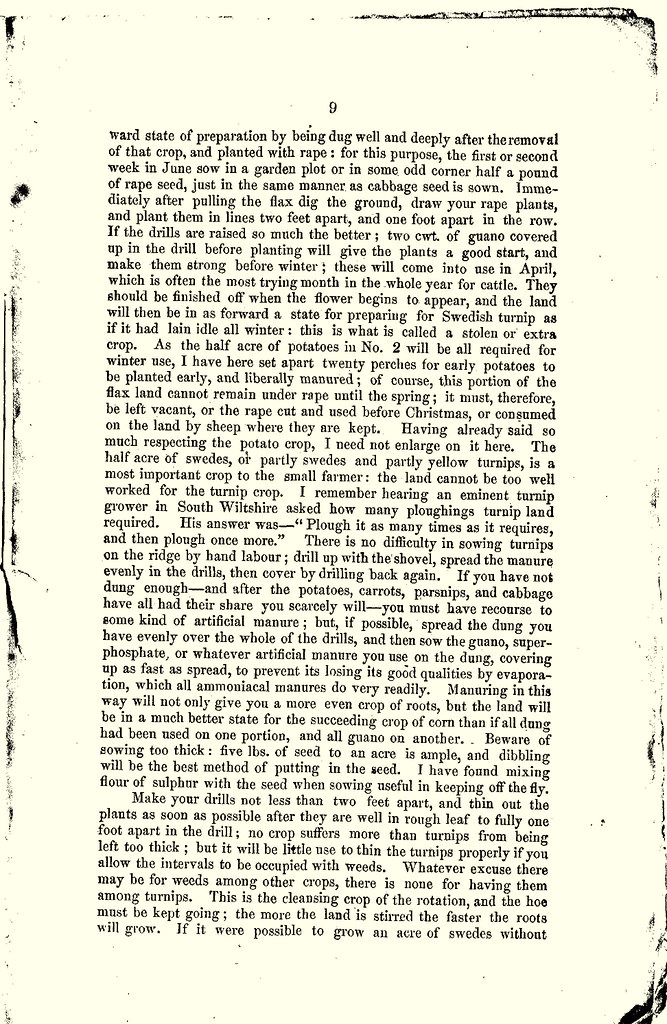
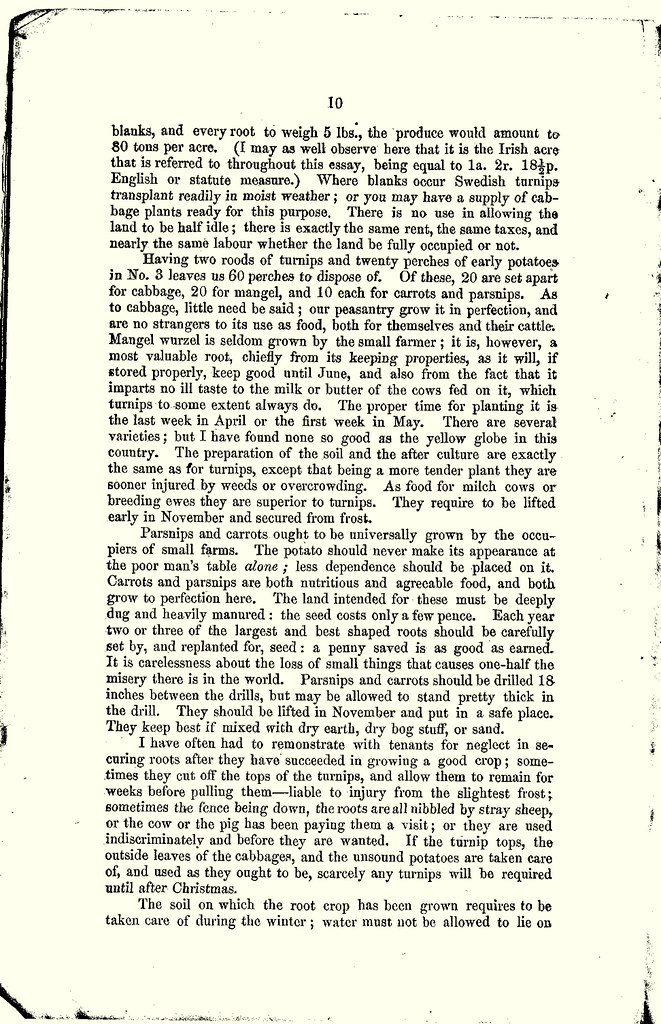
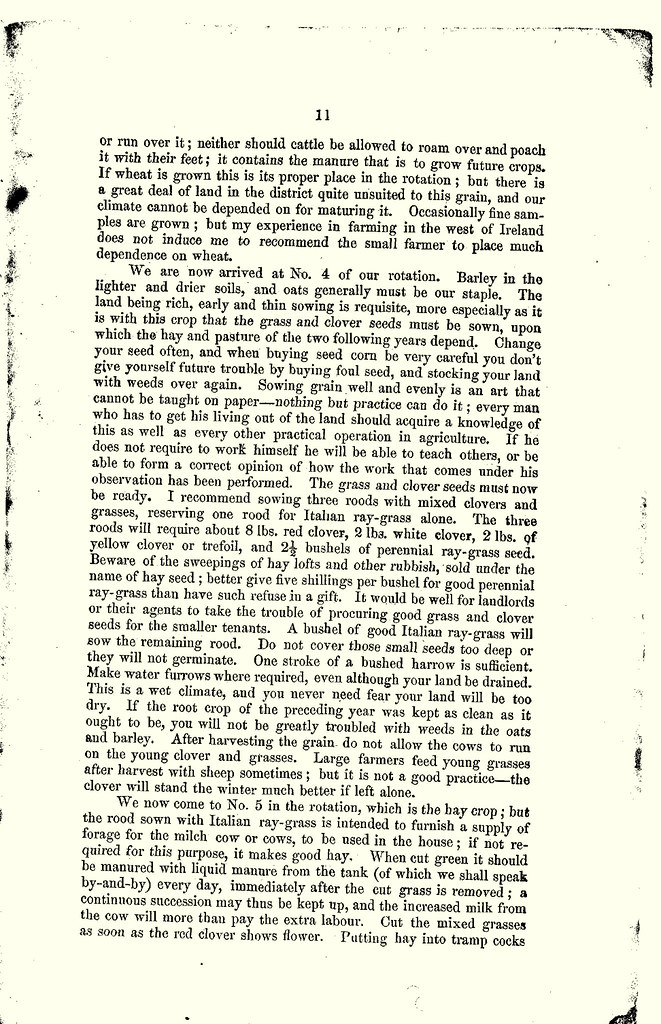
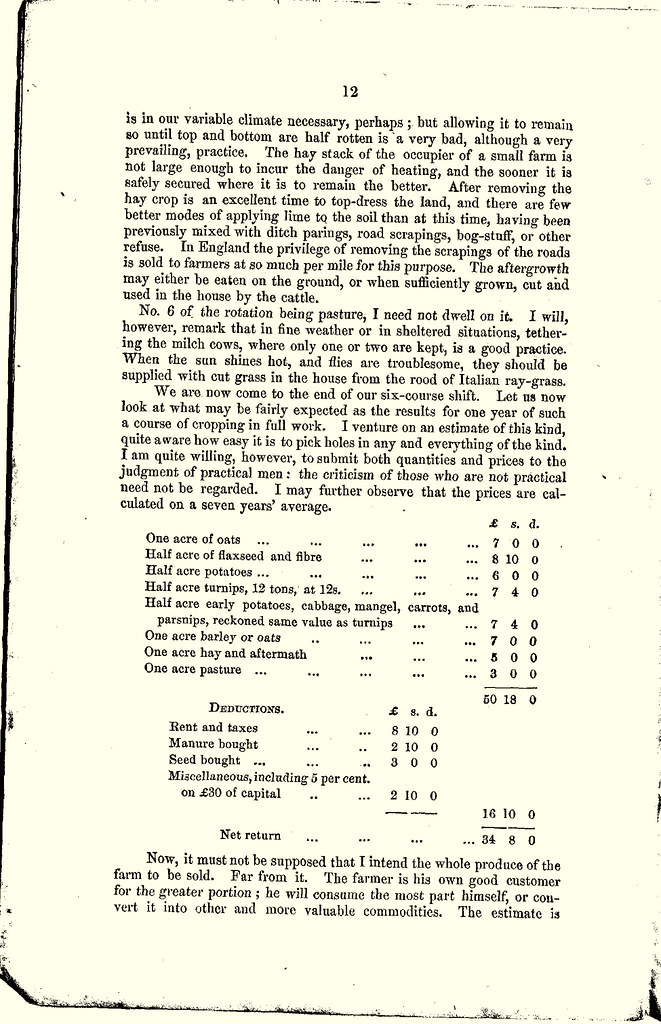
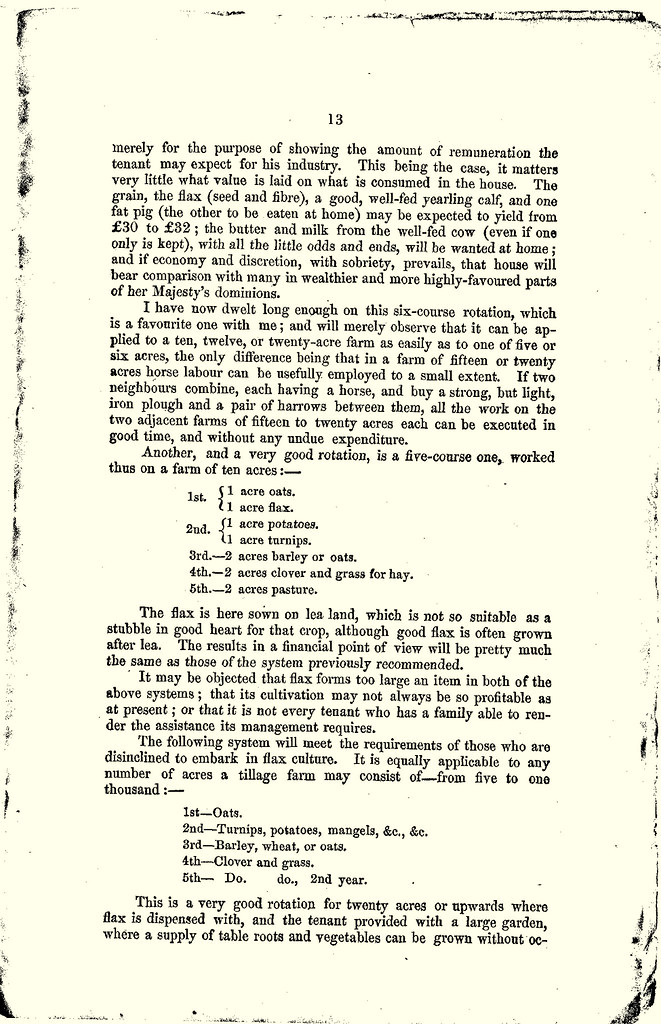
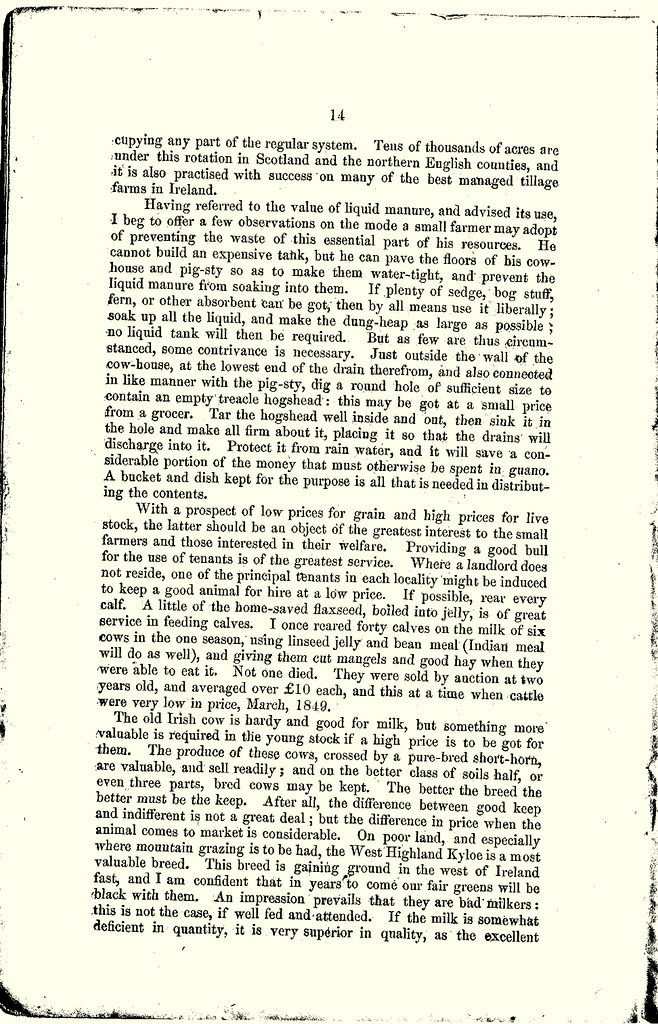

A more easily read text version of the above booklet is available on this page.

